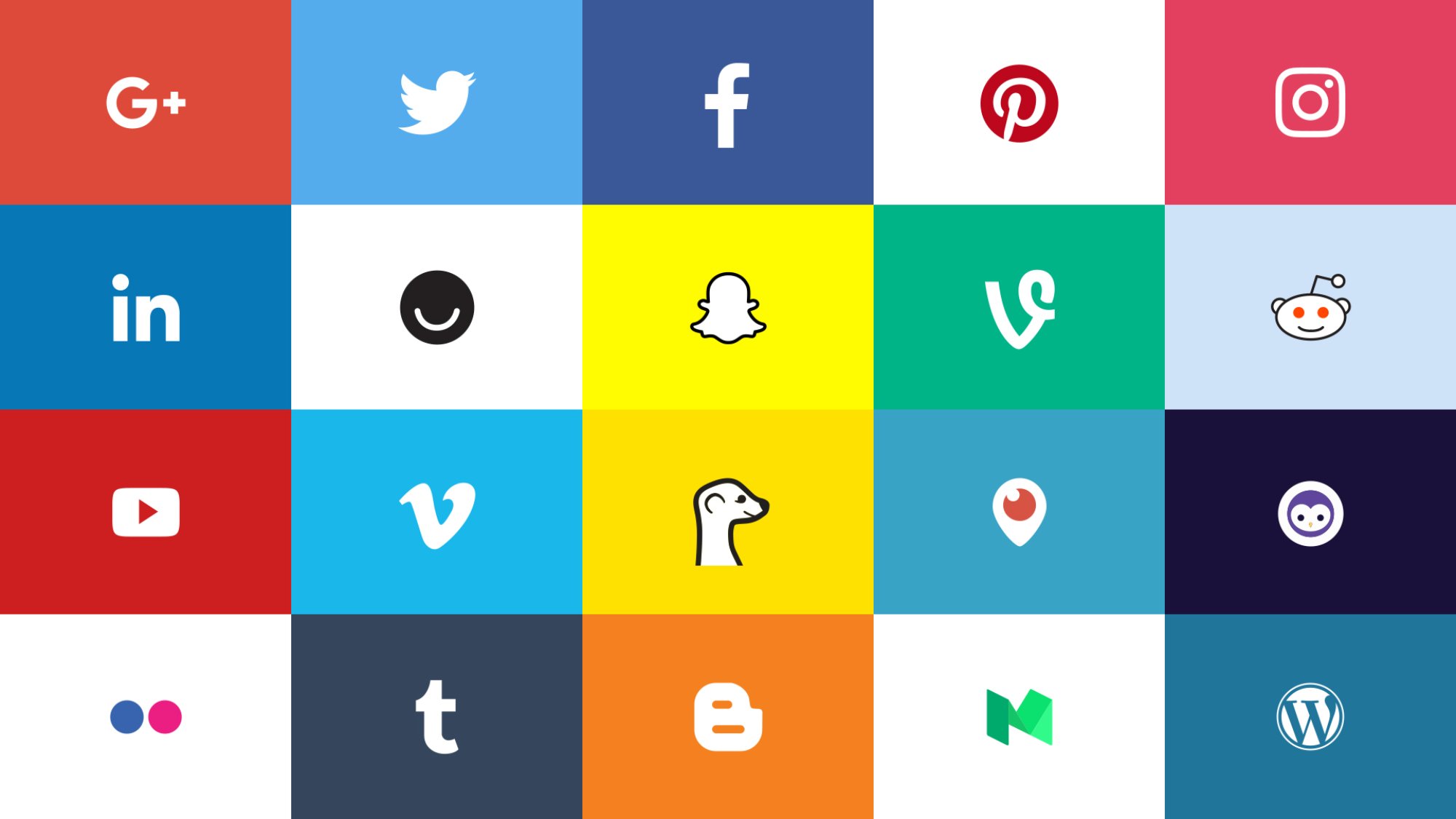One tiny tweak can make a big difference.
Whenever I deliver my workshop on LinkedIn, I always encounter pushback on the same point: How to write your headline on the social network.
What’s a LinkedIn headline? It’s the line directly under your name — on your individual profile page, in the sidebar of people similar to you, and in search results. After your name and headshot, it’s the thing that people view most.
Yet most people fail to exploit this opportunity. Instead, they fall back on LinkedIn’s default settings, which copy and paste your job title and employer into this critical field.





